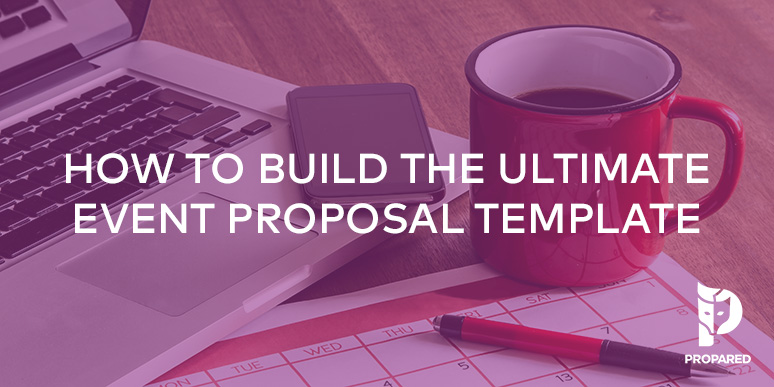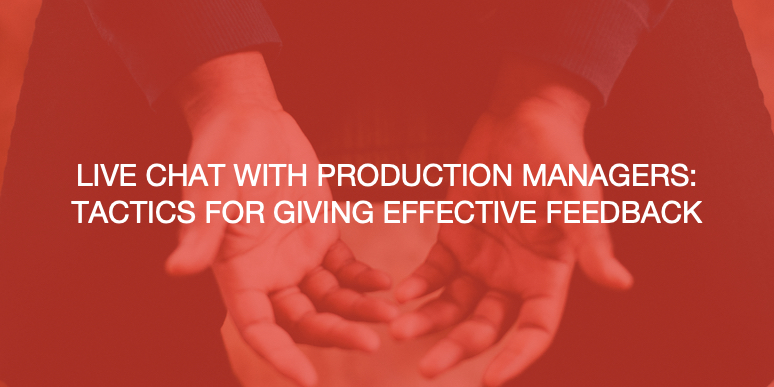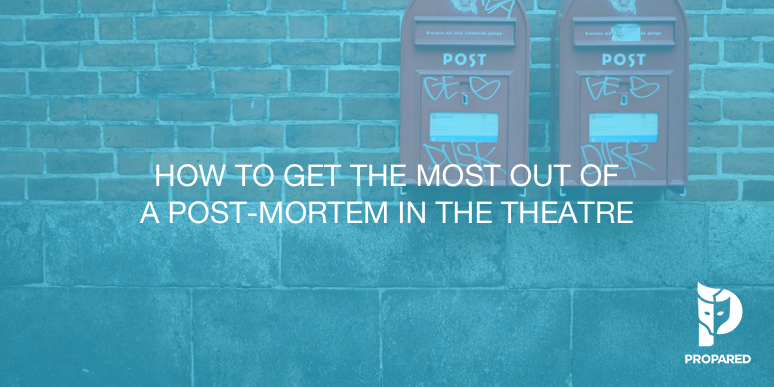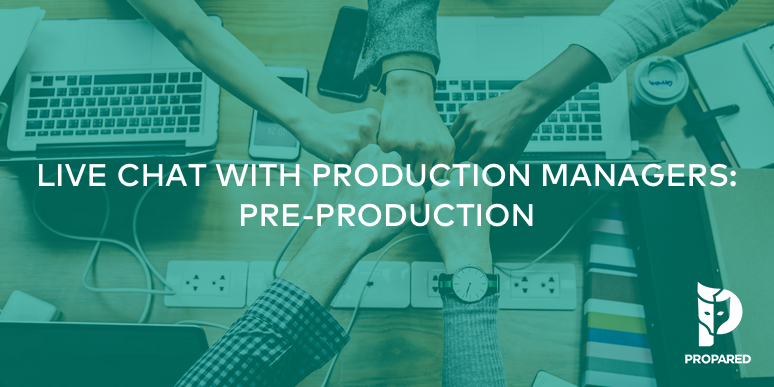
Quick question: when was the last time you got excited about the idea of building an event proposal? Sure, a proposal can be a step towards securing new business. That’s exciting. But even if you get the bid, the proposal process itself can feel exhausting; too much time spent on work that might never get you anywhere.
But there are ways to combat this fatigue and make writing your proposals a whole lot easier. It all comes down to building yourself a framework that you can use again and again. Even though no two events are alike, there are always common elements each proposal needs. Here are 11 tips to creating an event proposal template that works.
Download our Event Proposal Template to begin creating your own custom proposals more quickly. >>>
1. Gather As Much Information As Possible First
Potential work could come in a variety of ways; an RFP, a cold call, or a referral, to name a few. While event planners will often have to make do with what they have, don’t be afraid to reach out if you need clarification. The worst that can happen? You don’t get a response and you’re no worse off than you started.
But if you start building your event proposal while still feeling VERY unclear on several major parts, that confusion will translate to your writing. Instead, take a page from the old IBM playbook. At minimum, you should know the potential client’s B.A.N.T. (Budget, Authority to make decisions, the client’s Need, and the Timeline) before you start drafting.
2. Start with an Overview
Pretty basic. Right up front, list out the most important details about the project that you have.
-
Project Name
-
Event Date
-
Client name and contact information
-
Your name/company’s name and contact information
-
Date
It might also be helpful to include a version #, in case there are revisions after you deliver the proposal. Ideally, you’re dealing with the decision-maker from the start but if you are engaged with a lower level rep, you might have to go back and forth. Versioning helps you and the client track the changes.
3. Why Should the Client Choose You?
This isn’t about introducing your team. Yet. Think about it as a type of executive summary that accomplishes a few goals.
One, it lays out for the client the core competencies you and your event planning team bring to the table. Perhaps through previous client testimonials, reviews, or referrals. This should reinforce the information about you he or she already has.
Two, it allows you, the event manager to communicate back to the client as clearly as possible your understanding of his or her needs and how you intend to execute.
And three, it’s an opportunity to show the client you’ve done your research. If this section accomplishes these three things, it’s a good bet the client will want to read more.
4. The AGC of the Event (or Part 1 of Strategy & Execution)
If your introduction enticed your client to read on, this is part one of the real meat of your event proposal. Events are really about taking a particular set of goals and finding an engaging way to connect attendees to those goals.
It doesn’t matter how beautiful everything looks or how great the catering is. If the message is not clearly communicated, the event will fall flat. That’s why it’s always good to start with what we call the AGC method.
-
Audience
Define who the attendees are, where they come from, and their relationship(s) to the client
-
Goals
For these goals, focus on highlighting what the client wants the audience to do. Make it actionable.
-
Concept
Explain your vision for connecting the audience to the goals (e.g. what stories do you intend to tell, how, etc.)
5, Scope and Services (Part 2 of Strategy & Execution)
If your event management company is an all-in-one, this will usually look the same. But for most event planners, what you do and what you offer can shift depending on the client’s needs.
Explain what you’ll be doing, who you contract with (if applicable), and how you’ll communicate with everyone. Communication is key and can change between events. Let your client know how he or she can stay abreast of the production in case he or she needs to make changes.
6. Design Elements (Part 3 of S & E)
This is where you can really show off your creative vision. And there shouldn’t be any specific rule for how you do it. Add a Slide Share with design inspirations, show off some early renderings of light plots or set, a color palette, anything. Something that allows the client to begin to picture what it’s going to look like.
7. Preliminary Timeline (Part 4 of S & E)
At this point, you will have addressed most of the client’s B.A.N.T. (minus the budget part). Use this section to rough out some of the major milestones. Again, help push the client to a clearer picture of the event.
8. The Team (Part 5 of S& E)
You’ve already introduced your company. Now introduce the awesome people who make the magic happen. Headshots and short bios should be sufficient.
9. Assumptions (Part 6 of S & E)
Lastly, even if you’ve got a lot of detail before writing up your proposal, there’s always some guesswork in early stages. It can be helpful (and potentially cover your butt) to list a few of the assumptions you’ve made in submitting your proposal. It gives the client the opportunity to confirm or correct if necessary.
10.Requirements and Budget Estimates
Time for some numbers. All of the conceptualizing, planning, contracting, and hiring comes down to a bunch of line items. Be specific and be transparent. Based on what you’ve already scoped, let the client know what your services, labor, and equipment will cost.
If you have an idea of the resources you’ll need, such as A/V gear, video, lighting, set, etc., include an inventory order form. Clients may not need this level of detail but it can be helpful to show exactly where the dollars are going.
11. Next Steps and Signatures
After you’ve laid everything out, let the client know what to expect next. Some examples might include;
-
A proposed date for a follow up meeting/review (particularly for budget questions)
-
Recap of key milestones
-
How to confirm services and schedule payment
It’s a good idea to give the client the option to sign and agree right in the proposal. Otherwise, you might unnecessarily go back and forth.
Building event proposals can sometimes feel like more effort that they are worth. But hopefully, by following these steps and creating a template to use again and again, you’ll be able to save time, reduce your stress, and secure more clients.



